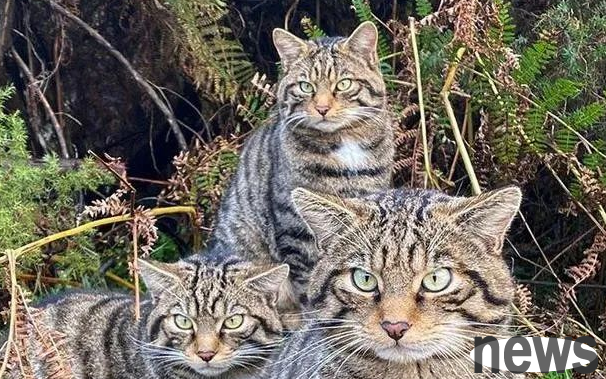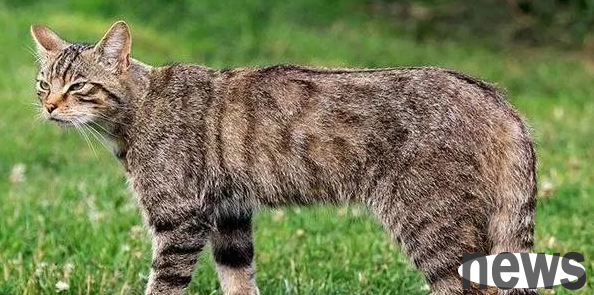Shorthaired cats, ragdoll cats, Maine cats, Persian cats... There are more and more cat breeds, but do you know which wild cats are not domestic? If you don't know that they may become extinct.

The European wild cats (Felissilvestris) living in Europe and the domestic cats we are familiar with are two completely different species - domestic cats originated from the Near East wild cats (Felislybica) in the Middle East and have moved around the world with human migration. European wildcats are purely "local indigenous people" and are forced to live with these "distant relatives" because of the arrival of humans.
But what is amazing is that although European wild cats look very similar, a fossil DNA study of European wild cats found that European wild cats have hardly mates in the past two thousand years - although they live together on the European continent, they have almost no intersection between them.
But with the expansion of human habitation, the geographical distance between European wildcats and domestic cats has slowly disappeared - another genome study of current European wildcats and domestic cats found that the genome of European wildcats in the UK is becoming increasingly "like" the genome of domestic cats.

In other words, the species called European wildcat thousands of years ago is almost extinct in the UK.
Similar things are also happening quietly in Europe, in China. The lynx (Felisbieti) on the Qinghai-Tibet Plateau in China also mated with each other as domestic cats entered the Qinghai-Tibet Plateau, and the differences between species gradually became blurred.
And this extinction incident caused by reproduction is precisely the consequence of the expansion of human activities.